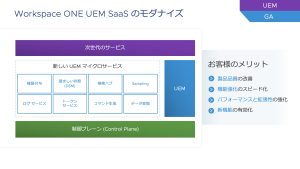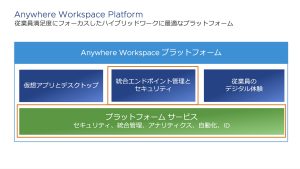The companies I work with at Tanzu by Broadcom are constantly looking for better, faster ways of developing and releasing quality software. But digital transformation means fundamentally changing the way you do business, a process that can be derailed by any number of obstacles. In his recent video series, my colleague Michael Coté identifies 14 reasons why it’s hard to change development practices in large organizations. In this companion series of blog articles, we’re exploring each of those topics in more depth, providing advice on how you can address them in your business.
Today, let’s look at reason no. 12: All talk and no tools.
Change needs tools
I’ve read many times that change within large organizations must be driven by culture, not technology. But how do you best drive that cultural change if not by introducing new ways of doing things, which, ultimately, involves new tools? In my experience of helping FTSE100 organizations define and reach their digital transformation goals, I’ve found that new technology is a critical factor in a successful program of change.
Let’s work through an example. If an employee survey shows that the number of meetings is having a negative impact on productivity, how should leadership approach the problem? They could send out a memo suggesting that people have fewer meetings, set a mandate to reduce maximum meeting duration, demand that all meetings have thorough agendas, or perhaps institute the increasingly popular “meeting-free Friday.” But does that solve the problem or just move it somewhere else? All those meetings presumably existed for a reason, and if they’re reduced, how will the need for communication and collaboration be replaced? One approach might be to introduce better project management tools, allowing tasks to be assigned and updated asynchronously while enabling managers to review progress without calling everyone together into a meeting room. A chat-style tool like Slack or Teams could be deployed, enabling employees to better self-organize and make simple, time-critical decisions without scheduling time across a dozen different calendars.
Any significant improvement in software, operations, or infrastructure invariably involves the introduction of new tools and methodologies. It’s a multidimensional process that necessitates equipping teams with the right resources to transform ideas into tangible outcomes.
The cost of empty promises
Recent research shows that two in three employees “believe their organizations fall short in effectively responding to survey results.” Employees complain that leaders do not “take appropriate and effective action in response to survey results,” do not “demonstrate a commitment to continuous improvement,” and, as a result, employees feel that survey results are not taken seriously.
Failing to demonstrate action after an employee survey is a guaranteed way to lose the trust of the workforce.
When employees witness a chasm between management’s pledges and the day-to-day operation of the business, it can lead to a crisis of faith in organizational initiatives. This disillusionment often surfaces in internal surveys, where the workforce expresses frustration over unfulfilled promises and stagnant progress. This disengagement is detrimental not only to morale but also undermines confidence in future change efforts.
Building trust through consistency
Trust is a fundamental part of the human condition and a necessary ingredient for any well-functioning organization. It’s vital that leaders build trust through consistent, tangible action. In his book The Speed of Trust, Stephen Covey describes trust as being “the one thing that changes everything.” He concludes that building trust demands consistent behavior, transparency, and a commitment to delivering results.
Authentic change necessitates investment—a consistency between what is said and what will be done. When approaching organizational change, leaders must think not only of the change they wish to make, but also how that will be practically implemented—i.e., how they will empower the workforce with new tools that drive and facilitate the change. If “people are the most important asset,” then leaders must show that their commitment is more than some nicely worded babble of some future, unmeasured intent.
A common mistake I see leaders make is failing to define results up front or have a method of measuring and communicating progress toward the desired outcome. Impactful change does not come easily or quickly; it requires consistent effort over a prolonged period of time. Measuring and promoting positive steps toward a goal is critical for maintaining momentum and demonstrating a long-term commitment to improvement.
Conclusion: Bridging the gap between promise and practice
In the ever-evolving landscape of business, change is not only inevitable but also a necessity. Driving change requires more than just intent; it requires action. It is imperative that leaders bridge the gap between the promise of change and the practical provision of tools. By embracing new tools, acting on feedback, building trust, and measuring progress, leaders can effectively drive change and transform their organizations for the better.








